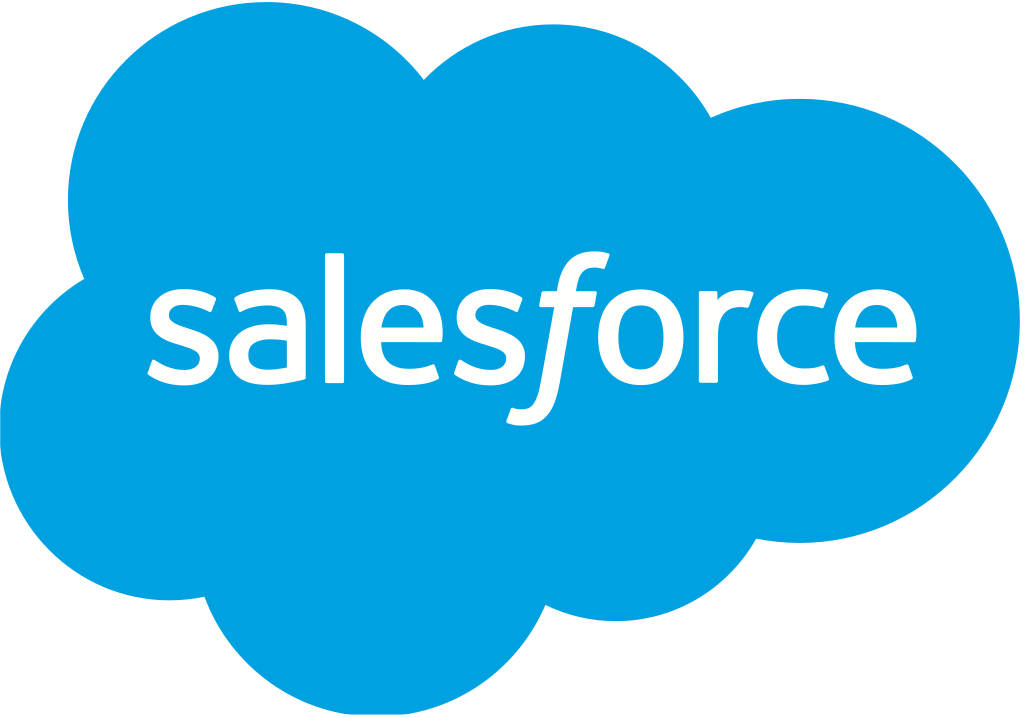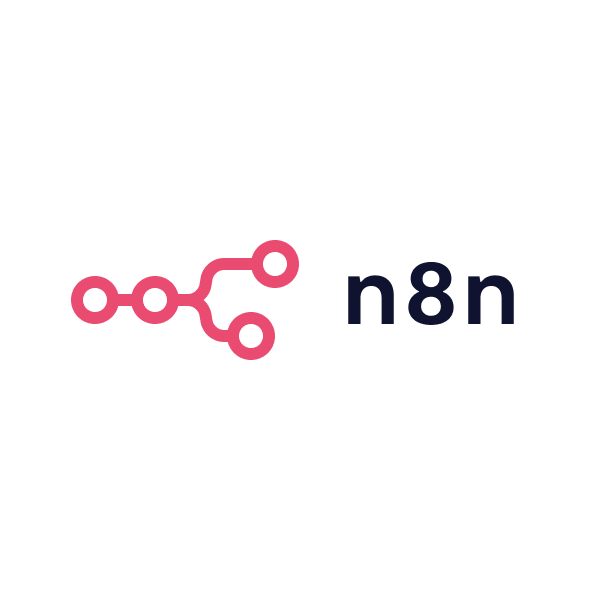Introduction
Founders and B2B marketers often ask a simple question: “At what point does Salesforce make sense for us?” This guide walks through the decision from strategy to rollout so you can answer with confidence. It compares Salesforce to HubSpot and Pipedrive, highlights the latest 2025 features and gives a step-by-step adoption blueprint. Use it as a sanity check before signing a multi-year contract or migrating thousands of contacts. Each section ends with practical checkpoints you can apply this quarter.
How Salesforce differs from HubSpot and Pipedrive
Core platform philosophy
Salesforce builds around a configurable data model that lets teams tailor objects, fields and relationships to mirror unique processes. HubSpot optimises for an intuitive interface and cross-team transparency out of the box, sacrificing some relational flexibility for speed of setup. Pipedrive centres on a visual pipeline that prioritises rep adoption over enterprise-grade governance. Choose based on whether depth, usability or velocity matters most to current targets. Revisit that choice yearly as complexity and headcount grow.
Feature coverage snapshot
Salesforce spans CRM, CPQ, service, commerce, integration, analytics and AI in one vendor relationship. HubSpot covers marketing, sales, service and operations hubs but relies on partners for CPQ and deep ERP integrations. Pipedrive remains sales-centric with optional add-ons for marketing automation and support. Map features to critical business outcomes rather than chasing parity. Missing capabilities often reveal themselves only during cross-functional workshops.
Evaluating Salesforce for marketing teams
Lead management and scoring
Account Engagement adds behavioural scoring, grade-based firmographics and dynamic lists that surface hot accounts in real time. Its grading system combines engagement with ICP fit so SDRs focus on high-value prospects first. HubSpot’s score builder covers similar logic yet hits performance limits at very high event volumes. Salesforce lets you route qualified leads directly into partner portals, closing attribution loops. Ensure ideal customer profile fields exist before turning on scoring to avoid poor data quality.
Marketing automation and campaigns
Engagement Studio supports branching, time-based waits and rule steps that can stamp custom object values mid-journey. HubSpot’s workflows rival this but top out when campaigns span several business units or country sites. Pipedrive relies on add-ons such as Outfunnel, which can split reporting across platforms. If granular path control and native CRM updates are non-negotiable, Salesforce prevails. Initial build time is longer, so prototype journeys in sandboxes first.
Reporting and attribution
B2B Marketing Analytics offers first-touch, last-touch and data-driven attribution models. HubSpot recently added Marketing Mix Modelling, yet advanced options require Operations Hub Enterprise. Salesforce dashboards run on CRM Analytics, blending usage, support and NPS signals. Granularity helps identify pipeline gaps but demands rigorous campaign naming conventions. Invest early in taxonomy workshops to avoid retroactive clean-up.
Assessing sales collaboration
Pipeline management
Opportunity splits, product schedules and forecasting scenarios allow nuanced revenue projections. HubSpot’s forecasts work well up to regional level but lack complex territory roll-ups. Pipedrive keeps probability forecasting simple, favouring ease over precision. Salesforce’s Slack integration posts stage changes or stuck deals into dedicated channels so marketing can plug nurture gaps quickly. Monitor notification noise to prevent channel fatigue.
Automation with Slack and Flow
Flow Builder now supports reusable subflows, making global changes easier. Scheduled paths can trigger “wake the lead” email sequences when deals stagnate. Marketers can write once and deploy everywhere, reducing operations backlog. HubSpot’s equivalent uses if-then logic, which feels friendlier but less modular. Keep a version-control log to track who changed each flow and why.
AI roadmap and data cloud
Einstein 1 and Agentforce
Data Cloud pools web, email, product and billing events then feeds them to Einstein models. Agentforce, introduced in December 2024, lets marketers spin up autonomous agents to draft campaigns or analyse churn patterns. Adoption so far skews towards larger enterprises, yet mid-market interest is rising as packaged use cases roll out. HubSpot’s Breeze AI Agents target similar scenarios but lean on HubSpot data alone. Evaluate both on data reach rather than headline AI promises.
Practical AI uses
Start with predictive lead scoring to prove incremental value. Next, pilot generative content suggestions for email copy, measuring lift against control sends. Roll into opportunity win-loss analysis that highlights stalled stages by persona. Document each model’s input sources and expected outputs for compliance audits. Review bias and drift quarterly to keep trust high.
Budgeting and ROI calculus
Licensing tiers
Sales Cloud Enterprise and Marketing Cloud Growth deliver most functions B2B marketers need. Add-ons such as Data Cloud and Slack Premium increase per-user cost but remove reliance on third-party data pipes. HubSpot’s tier jumps occur at 2 000, 10 000 and 20 000 marketing contacts, so list size dictates spend more than seat count. Pipedrive’s per-user model scales predictably yet features plateau mid-market. Build a five-year total cost model that includes admin salaries and partner fees.
Hidden costs
Integration middleware, sandbox licences and mandatory security reviews can double headline fees. Delayed enablement slows time to pipeline lift, eroding ROI. HubSpot’s hidden costs lie in Operations Hub upgrades to unlock custom objects. Pipedrive users often buy revenue-desk apps for quoting or subscription billing. Map each roadmap item to required modules and quantify spending before negotiating contracts.
Implementation blueprint for SMEs
Minimum viable setup
Phase 1 defines core objects, imports clean contact and account data, and enables single sign-on. Phase 2 builds lead-capture forms and default assignment rules, then connects your email domain. Phase 3 drafts one nurture journey, one sales alert and one campaign dashboard. Phase 4 trains users with role-specific playbooks that focus on next-stage actions. Launch after a two-week user-acceptance window to catch permission gaps.
Phased rollout schedule
Allocate eight weeks from contract to go-live for a team of fifteen. Weeks 1-2 cover discovery and data cleaning. Weeks 3-5 build objects, flows and journeys. Week 6 runs sandbox testing, while week 7 handles user enablement. Go-live in week 8, followed by a thirty-day hyper-care sprint.
Migration triggers and timing
Signs you have outgrown HubSpot
Dashboards rely on exported CSVs, contact limits approach upgrade thresholds and field lists exceed naming conventions. Multi-brand marketing demands separate sub-domains with unique templates. Sales insists on product scheduling or revenue-split reporting. Finance needs CPQ integration without manual uploads. If three of those ring true, begin a Salesforce feasibility study.
When Pipedrive is enough
You have fewer than ten reps, sell one product and need visual pipeline simplicity. Marketing automations cover basic welcome drips and occasional webinar invites. Reporting focuses on activity counts rather than revenue attribution. Management values speed over depth. Re-evaluate yearly as complexity grows.
FAQs and next steps
Sandboxes and proof of concept
Every Salesforce licence includes a partial sandbox, while full sandboxes cost extra. Clone your top three nurture journeys and one complex opportunity path to simulate production. Measure admin hours, not just feature hits, during the proof of concept. If the ratio of configuration to learning exceeds two to one, budget extra enablement. Document findings to use during contract negotiation.
Partner ecosystem
Salesforce’s AppExchange lists more than 7 000 certified apps, covering everything from event marketing to subscription billing. Pick partners with at least five-star reviews and recent release notes. HubSpot Marketplace trails at roughly 1 200 listings but includes popular SaaS connectors out of the box. Pipedrive Marketplace has grown to 300 apps, often built by solo developers. Check maintenance frequency and security attestations before installing.
Final checkpoint
Salesforce unlocks serious growth when your data, processes and ambitions exceed what lighter CRMs can handle. Contrast its depth with the nimbleness of HubSpot and the simplicity of Pipedrive. Assign a revenue-operations owner, budget for enablement and set phased milestones to realise value. If you still hesitate, run a sandbox pilot and quantify wins before signing. The right platform is the one your team will master and evolve with.

.png)







